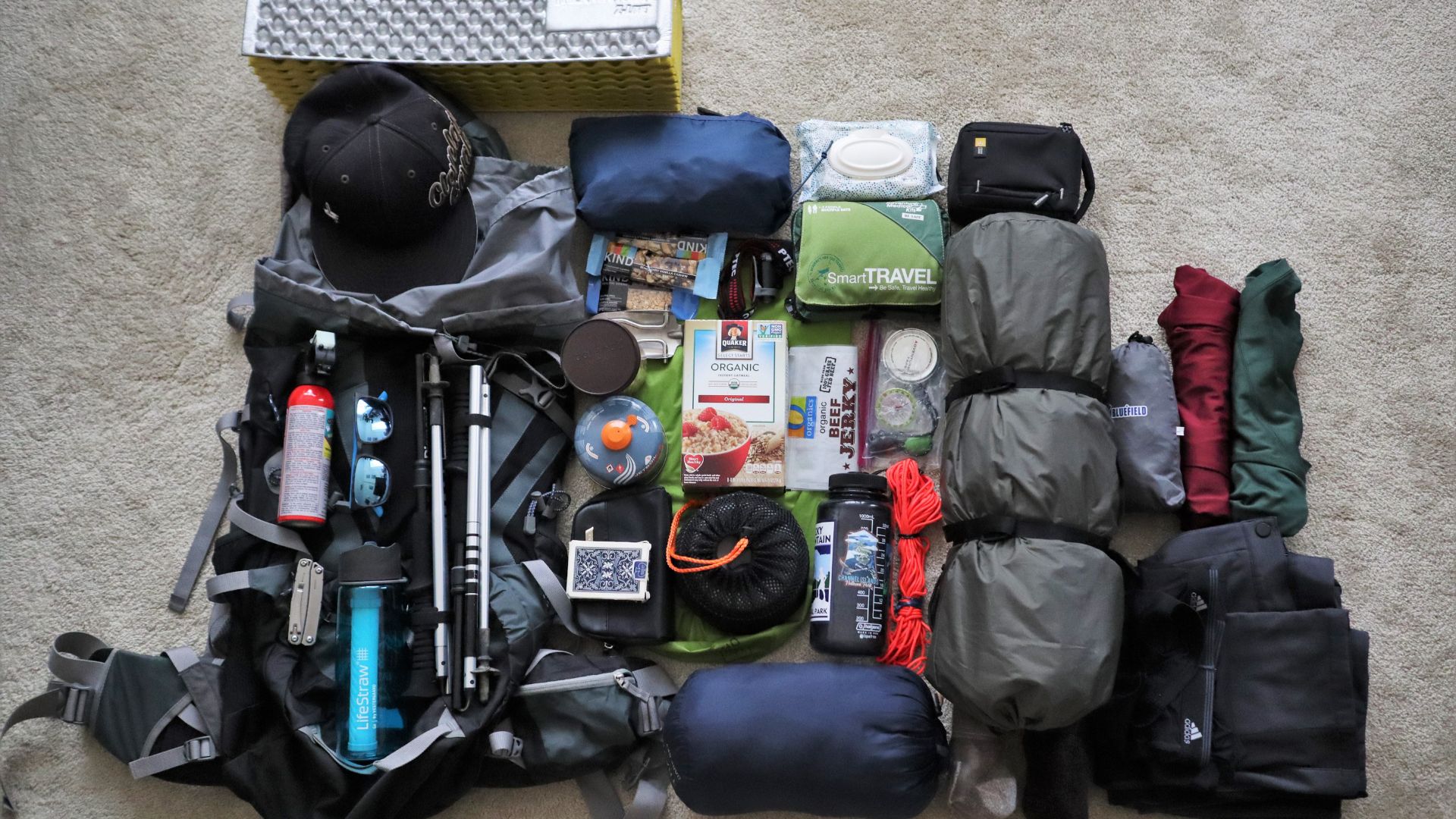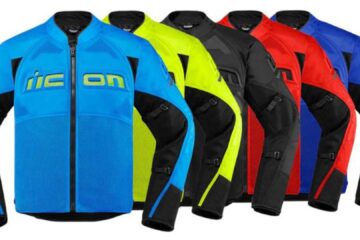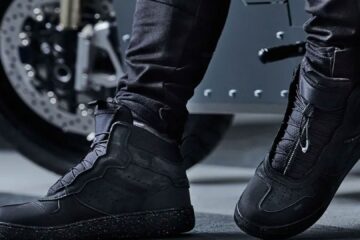How to Pack Essential Gear
Packing for a long-distance motorcycle trip requires a strategic approach to ensure you have everything you need while keeping your load manageable. Proper packing can significantly enhance your comfort, safety, and enjoyment on the road. Here’s a comprehensive guide to packing essential gear for a successful long-distance motorcycle journey.

How to Pack Essential Gear
Choose the Right Luggage System
Selecting the appropriate luggage system is crucial for organizing your gear and ensuring it stays secure:
- Saddlebags: Saddlebags are ideal for carrying larger items and are designed to be weather-resistant and durable. Opt for saddlebags that are easy to attach and detach, and ensure they offer sufficient capacity for your gear.
- Tail Bags: Tail bags are perfect for storing items you need to access frequently, such as tools or personal belongings. They can be mounted on the rear seat or tail section of your bike and should be compact yet spacious enough for essentials.
- Tank Bags: Tank bags offer quick access to items like maps, phones, and snacks. Look for tank bags with built-in compartments for electronics and easy attachment mechanisms.
- Panniers: Panniers are hard-sided cases that provide robust protection and ample space for your gear. They are mounted on the sides of your motorcycle and are ideal for carrying larger or heavier items.
Pack Essential Clothing and Riding Gear
Comfort and safety are paramount on a long-distance trip. Ensure you have the following:
- Riding Gear: Invest in a high-quality helmet, riding jacket, gloves, and pants. Choose gear with good ventilation, protection, and weather resistance. A rain suit can be helpful in adverse weather conditions.
- Clothing Layers: Pack layers to adapt to varying temperatures. Include lightweight base layers, insulating mid-layers, and a windproof outer layer. This will help you stay comfortable in different weather conditions.
- Footwear: Select durable, comfortable riding boots that provide good protection and grip. Waterproof boots are recommended if you expect rain.
Prepare a Tool Kit and Spare Parts
Having the right tools and spare parts can be crucial for handling any issues that arise:
- Basic Tools: Include a basic tool kit with wrenches, pliers, screwdrivers, and tire repair tools. These will help you make minor repairs and adjustments on the road.
- Spare Parts: Bring essential spare parts such as fuses, bulbs, and a spare tire tube. A small first aid kit and emergency supplies like a flashlight and a multi-tool are also important.
Pack Personal Items and Essentials
Ensure you have all necessary personal items and essentials:
- Documents: Carry your motorcycle license, registration, insurance documents, and any travel permits. Keep these in a waterproof pouch to protect them from the elements.
- Navigation Tools: Bring a GPS device or smartphone with navigation apps. A physical map or road atlas can be useful as a backup.
- Comfort Items: Pack items that will enhance your comfort on the road, such as a hydration system, energy snacks, a travel pillow, and compact cooking gear if you plan to prepare your own meals.
Organize and Secure Your Gear
Efficient packing helps maximize space and ensures your gear remains accessible:
- Weight Distribution: Distribute the weight evenly between your saddlebags, panniers, and tail bag. Place heavier items lower and closer to the center of the bike to maintain balance.
- Packing Cubes: Use packing cubes or compression bags to organize your clothing and gear. This will help you find items more easily and save space.
- Secure Your Load: Ensure all luggage and gear are securely attached to your motorcycle. Use bungee cords, straps, and lashing systems to prevent shifting or falling off during travel.
Plan for Security and Safety
Prioritize safety and security to protect your gear and ensure a smooth trip:
- Locks and Security: Use locks or security straps to secure your luggage and valuables. Consider a chain lock or cable lock for added protection.
- Emergency Contacts: Have a list of emergency contacts and important phone numbers readily available. Inform someone of your travel itinerary and expected arrival times.
Conclusion
Packing for a long-distance motorcycle trip involves selecting the right luggage, packing essential gear, and organizing efficiently. By carefully preparing and considering your needs, you can ensure a smooth and enjoyable journey. Make sure to check your motorcycle before departure and make any necessary adjustments to enhance your comfort and safety on the road.


